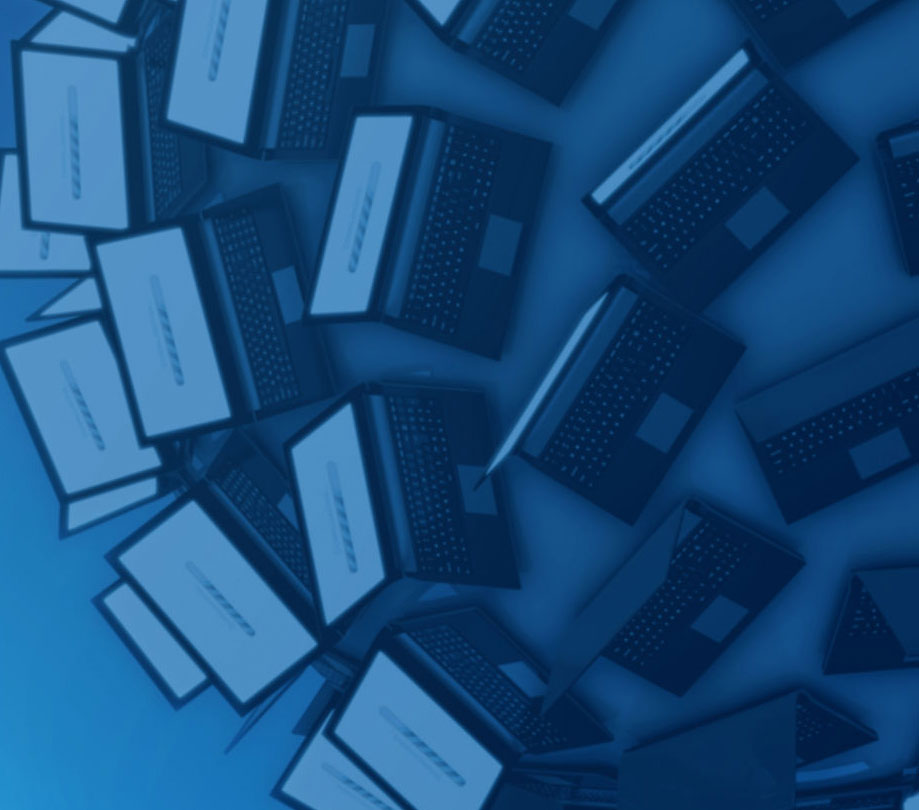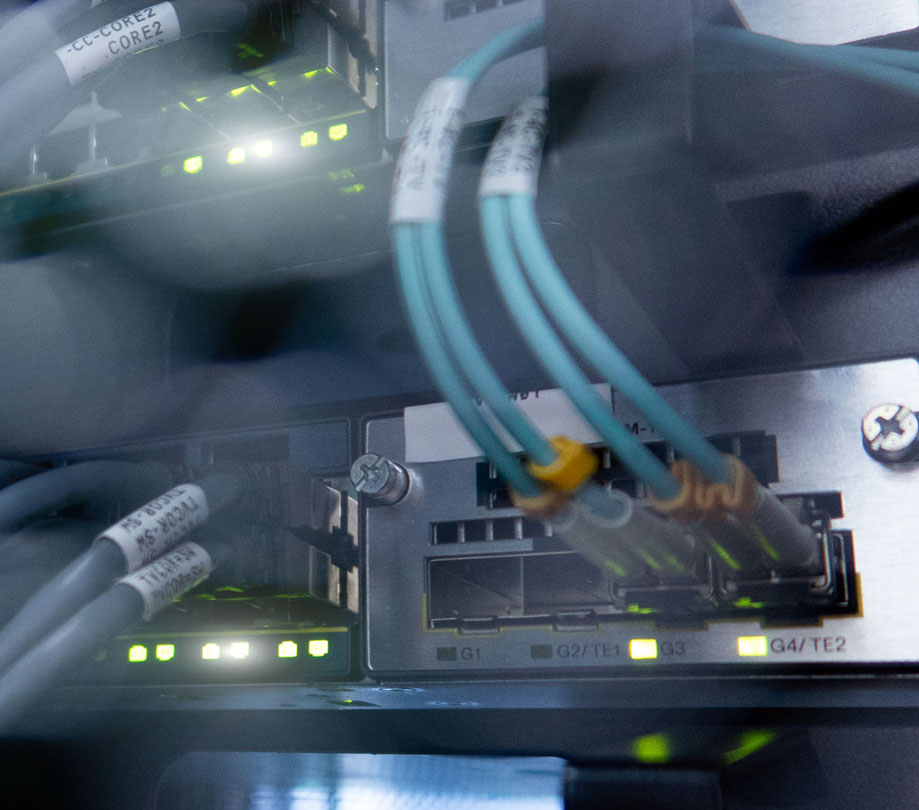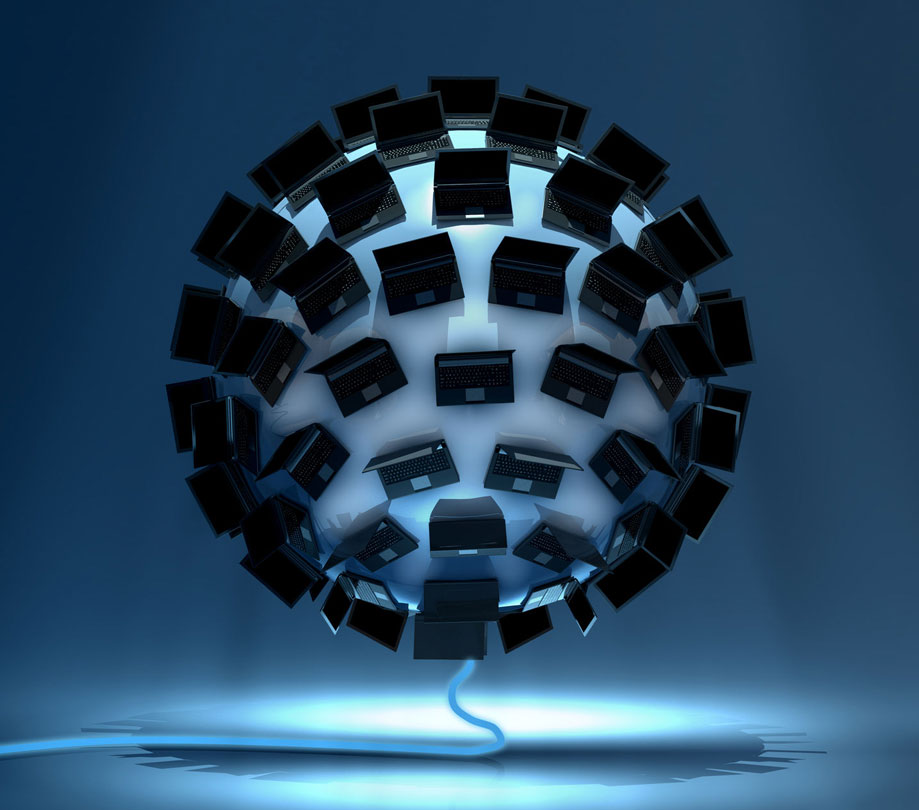Understanding edge computing
Wednesday, July 24, 2019

|
Richard Harris |
Understanding edge computing is important when factoring in what technology to build your application on. Do you select the cloud, or the edge? Edge computing expert, Jonathan Kyle weighs in.
The cloud allows for organizations to easily run applications that can be used all over the world at the same time, however, cloud computing simply cannot keep up with the demands of emerging technologies and the influx of data. It is predicted that over 50 billion devices will be connected to the internet by 2020 – making the networks extremely crowded.
While the information on the cloud is centralized, edge computing is localized, allowing for immediate responses in real-time. Edge computing reduces network traffic and latency and will revolutionize hospitals, industrial plants, malls, venues, and both metropolitan and rural areas.
Moving data to the network’s edge allows enterprises to provide a seamless, more flexible journey. Smart Edge, the next generation of computing, is focused on bringing computing, applications, and content closer to the user to reduce communication lag time. By processing data locally, Smart Edge is making multi-access edge computing (MEC) a reality.
To learn more about why edge computing is the “cloud killer,” we spoke with Jonathan Kyle, Director, Field Engineering and Senior Architect at Smart Edge.
ADM: When it comes to “edge computing,” what does the “edge” mean?
Kyle: Edge computing processes data closer to the end-user, often on-premise or near a network access point, as opposed to in a centralized data center or in the cloud, which can be very far away. In fact, there are many “edges,” but it usually refers to a balancing act of moving computing workloads closer to the source of the data. A data center or cloud is usually at a distance from the edge and therefore suffers from network latency, throughput, egress costs, etc. Edge computing means finding the right place for the processing workload, such as next to a fixed wireless access point where network, compute and storage capacity is high, yet size, power, environment, and security concerns can all be addressed.

ADM: What do developers need to think about when building applications that are used at the edge?
Kyle: App developers in an edge computing environment need to be aware of the context such as location and exactly how resources are being utilized. Storage, compute and network remain the fundamental components of edge solutions, and similar to developing cloud-based apps, developers must consider to what degree these three aspects need to be allocated to ensure that resources are maximized for a small geographic region and that a clear cost is provided to the end-user. Just like with the cloud, the most important thing to be aware of is cost. Everything is derivative of compute capacity, storag, and network resources. You pay for what you use, only that at the edge the resources are less elastic than in the cloud and the applications may be distributed to many more devices.
ADM: What specific knowledge of edge computing should an app developer have?
Kyle: There is nothing specific that app developers need to have such as certifications or training around a specific product. It definitely helps to be knowledgeable of core concepts around computer networking functions, and cloud computing design.
ADM: What kinds of workloads or use cases are best suited for moving to the edge?
Kyle: It is important to understand exactly when and why edge computing should be utilized, as well as its best practices. If, for example, your edge device is a drone, you should be mindful of power consumption and weight, as you won’t be able to have as much computing capacity on the device itself. Drones are great at flying, but not designed to carry heavy workloads. If the computation requires equipment that affects the actual flight, then putting the workload at a Multi-Access Edge Compute (MEC) device attached to an access point is the next best thing. This way you have the capacity without the network latency and cost of transmitting data from the drone directly to the cloud.
Edge computing should not be viewed as an alternative to cloud computing, rather, it facilitates bringing the cloud closer to you.
There are countless workloads or use cases that will benefit from the edge. The use cases that are possible or benefit greatly by edge computing tend to fall within these categories:
- Location / Network context aware operations
- Software-Defined network functions
- IoT analytics, AI, and autonomous decision making
- Time sensitive networking
- Application performance management
Specifically, we have seen the most interest in value using Multi-Access Edge Computing (MEC) to provide secure, resilient mobile communications to facilitate IoT video analytics, network functions such as location specific CDN, and virtualized workload consolidation.
ADM: What programming languages are needed?
Kyle: There are no language constraints regarding edge applications. Applications applicable to edge computing already exist - they just need to be adapted to the field, which is why app developers should simply use what they are used to using.

ADM: What are the network challenges that can disrupt usability for applications? How does edge computing help address them?
Kyle: Network challenges are around the disruption of connectivity and mobile network security.
Disruption of connectivity is as simple as “are you connected or not?” If an application depends on a reliable, high throughput, low-latency, or low-jitter network, then it must handle a degraded network the same as not-connected.
Mobile network security tends to make applications less usable when they are more secure, or less secure when applications are easier to use.
Edge computing, and specifically Multi-Access Edge Computing (MEC), helps address these issues by enabling enterprise applications to leverage different types of mobile networks and radio spectrums, such as Private LTE and 5G, which provide resilient, reliable, secure mobile networking. They facilitate this while also making virtualized compute and storage resources available to the enterprise within the mobile network. Enterprise applications are accelerated because there are fewer network hops for data to traverse before reaching a server.
ADM: What makes a strong edge application?
Kyle: A strong edge application needs speed and high throughput. The application has to be relevant to a specific business and its needs. You don’t want to use the edge simply for the sake of using the edge. Edge computing is best suited to a business that requires extremely swift data sharing. The application should take advantage of the low latency and high throughput the edge offers. The purpose of the edge is offloading network utilization from the connection to the data center or cloud. Because of this, there will be many new capabilities that don’t yet exist because of issues with the cloud.
ADM: How will edge computing applications change industries?
Kyle: Edge computing applications can significantly reduce costs for industrial enterprises by substantially consolidating workloads. Edge computing is also crucial as enterprises prepare for 5G and the opportunities it will bring. By moving to the edge, for example, companies will be able to support the latest innovations in augmented and virtual reality, advertising, connected cars, smart cities, and more.
ADM: What is one thing app developers don’t understand about edge computing that is vital?
Kyle: We live in a hybrid world, where both cloud computing and edge computing serve crucial functions. Some use cases are more relevant to the cloud and others to the edge. The cloud and the edge are complimentary and therefore it is important to leverage cloud resources for the benefit of the edge. To maximize performance, it is important to determine which type of computing best serves a company’s demands. For example, email works better on the cloud, while video analytics works far better on the edge.

Become a subscriber of App Developer Magazine for just $5.99 a month and take advantage of all these perks.
MEMBERS GET ACCESS TO
- - Exclusive content from leaders in the industry
- - Q&A articles from industry leaders
- - Tips and tricks from the most successful developers weekly
- - Monthly issues, including all 90+ back-issues since 2012
- - Event discounts and early-bird signups
- - Gain insight from top achievers in the app store
- - Learn what tools to use, what SDK's to use, and more
Subscribe here











